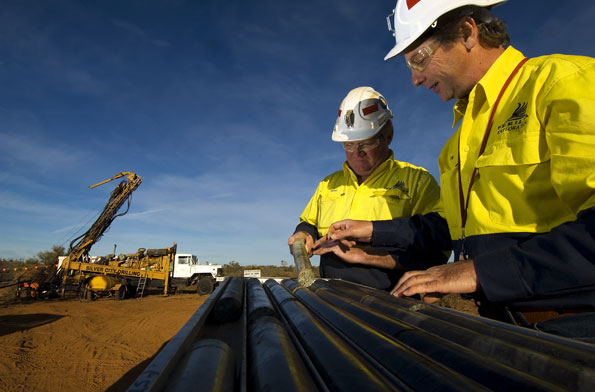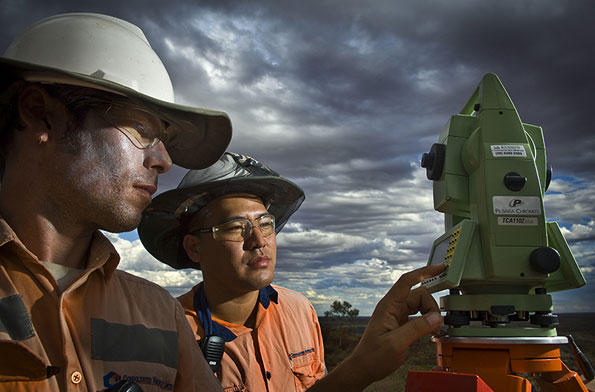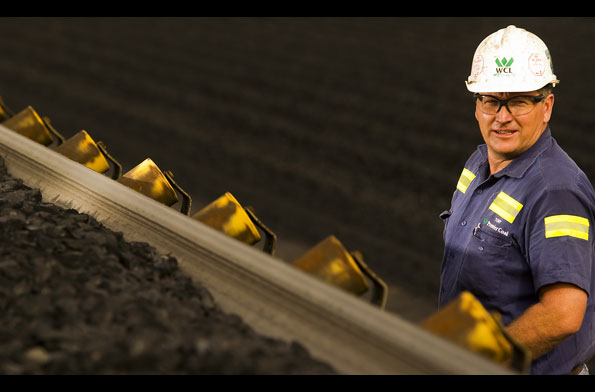8 September 2015
No signs of improvement for Geoscientists



JOB PROSPECTS for local geoscientists have worsened
further, with employment in the exploration sector crashing more
than 15% in the first six months of the year.
New data from the Australian Institute of Geoscientists shows
the combined unemployment and underemployment rate for
geoscientists in Australia has now hit 35.1%.
The result is the worst since surveys started six years ago and
is well above the 31.3% recorded at the peak of the global
financial crisis in September 2009.
Breaking down the new figures, the unemployment rate for
geoscientists at the end of June levelled at 15.2%, down marginally
from the 15.5% recorded at the end of December.
Under-employment jumped 3% to 19.9%.
Of the geoscientists describing themselves as being
self-employed, more than 36% were unable to secure more than 10% of
the desired workload.
AIG said the feedback pointed to an actual unemployment rate of
22.6%, an increase of 1.2% in the six months since December.
On the positive side, jobs in energy resource exploration rose
7.7% and a small improvement was also recorded in the government
sector. Mineral exploration jobs fell 15.5% in the first six months
of the year, which AIG said highlighted a "looming crisis" in the
sector. "The decline in mineral exploration employment is real,"
AIG council member Andrew Waltho said.
"What is more concerning though is that the increase in other
sectors isn't an indication of increased opportunities, but instead
due to their representation being increased due to mineral
exploration's decline.
"In effect, they may have become a relatively larger piece of a
much smaller pot, which would be a really serious prospect for
Australian geoscience."
Among unemployed and underemployed respondents 17% lost work in
the three months to June, while 35% said they had been unemployed
for 12 months or more.
The percentage of geoscientists considering leaving the
profession permanently almost doubled to 4.5% while 63% of
unemployed and underemployed respondents saw little prospect of
gaining new work in the next 12 months.
Of those in employment, 43% were confident of retaining their
positions for the next 12 months.
"Geoscientists are aware of the cyclic nature of employment
which, in Australia, reflects upswings and downturns in the fate of
Australia's minerals and resource industries," AIG president Wayne
Spilsbury said.
"The current downturn, however, is without present in the
memories of Australian geoscience professionals."
The combined unemployment and underemployment rate for mineral
exploration was the highest in New South Wales at 69% while the
figure hit 56% in Queensland.
South Australia levelled at 50% while Victoria and the Northern
Territory hit 40% and Western Australia recorded 37%.
This article first appeared on
Mining News Premuim on Monday, 17 August 2015, written by
Andrew Duffy.
Click here to read the article as it first appeared